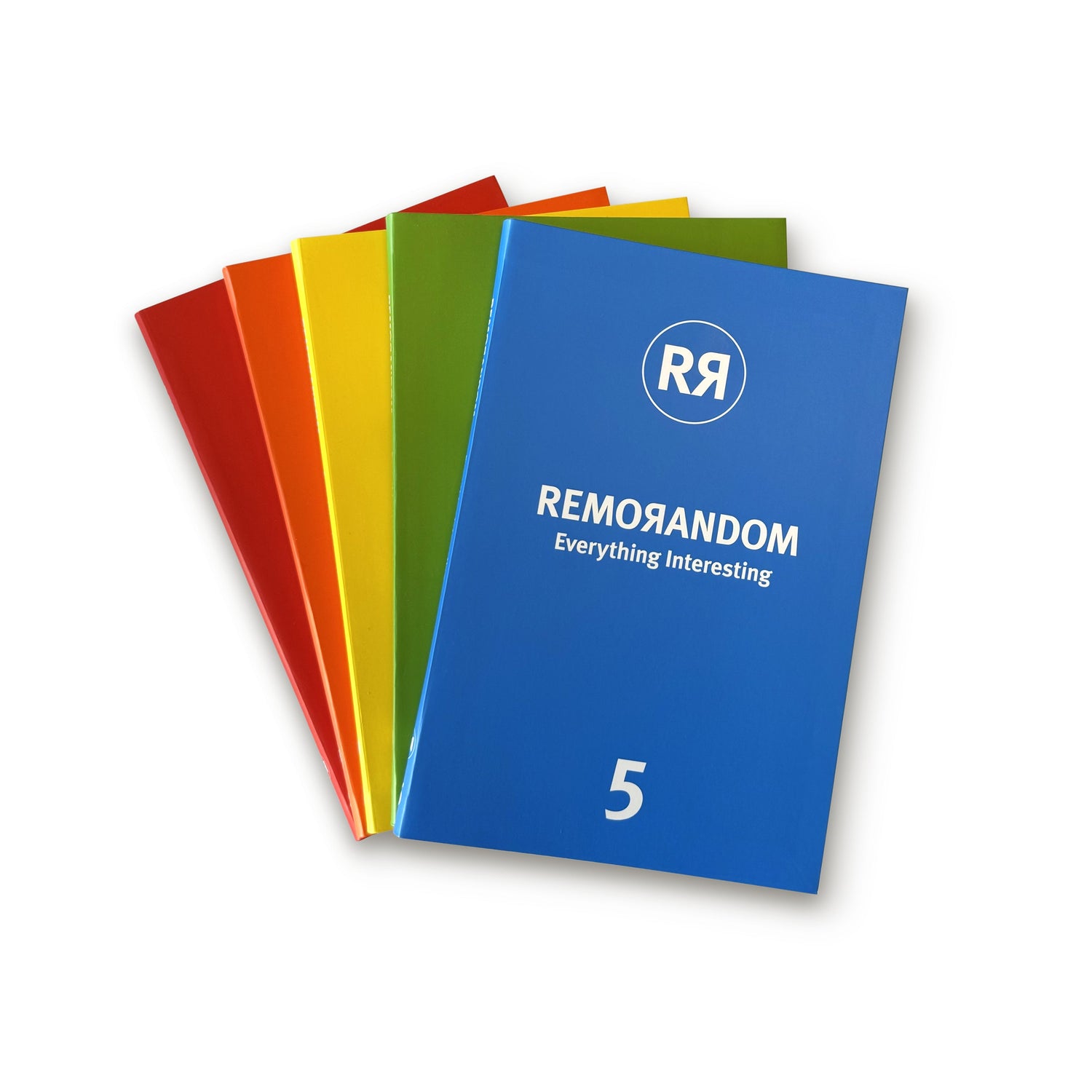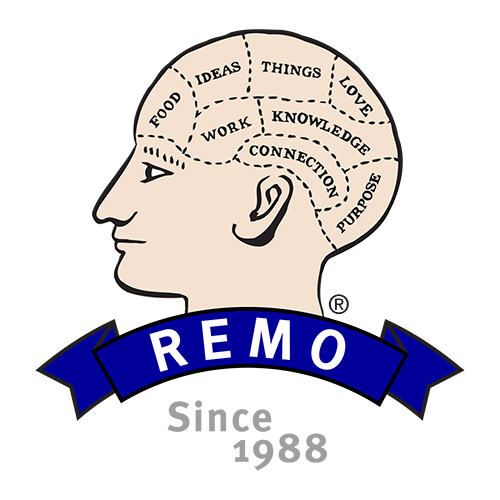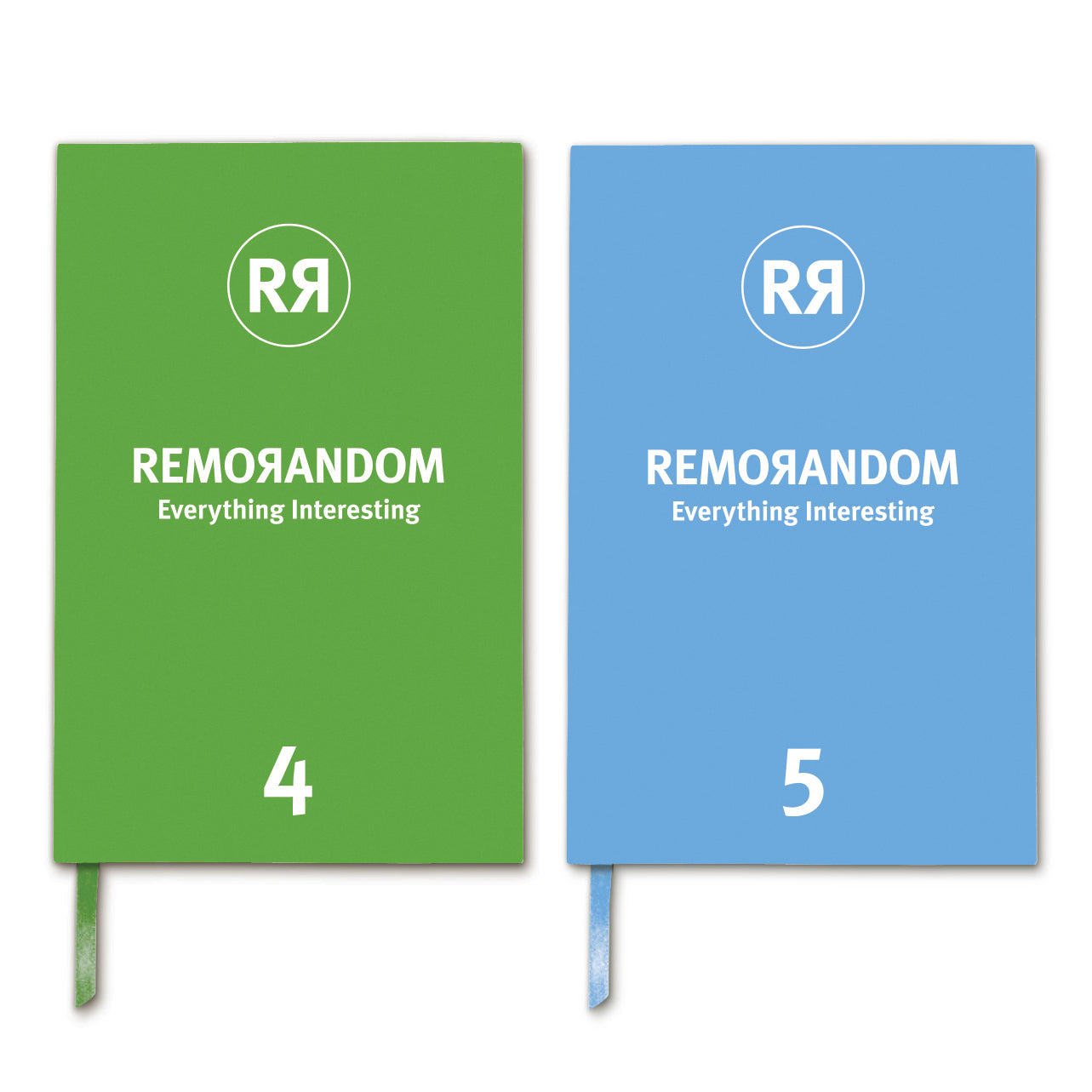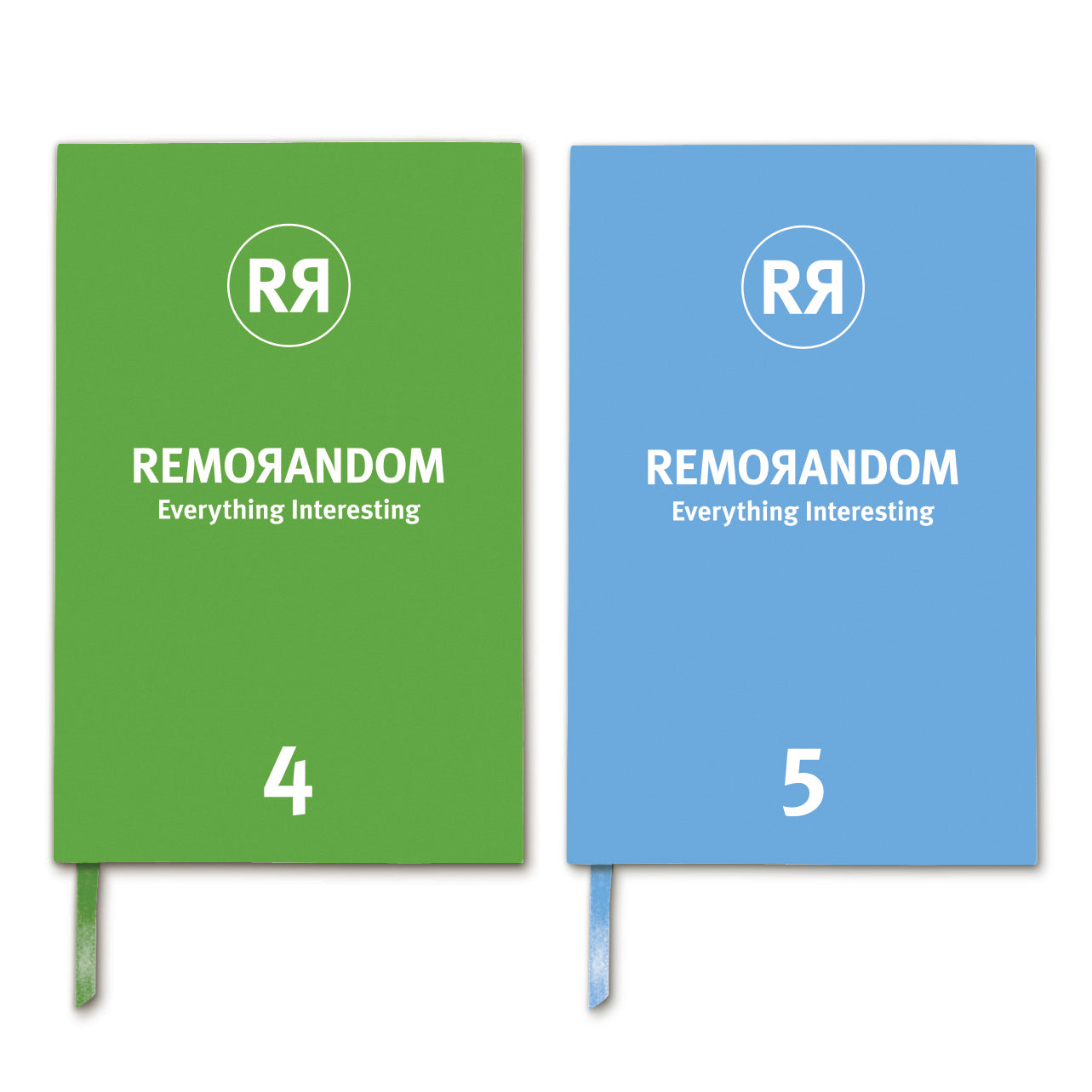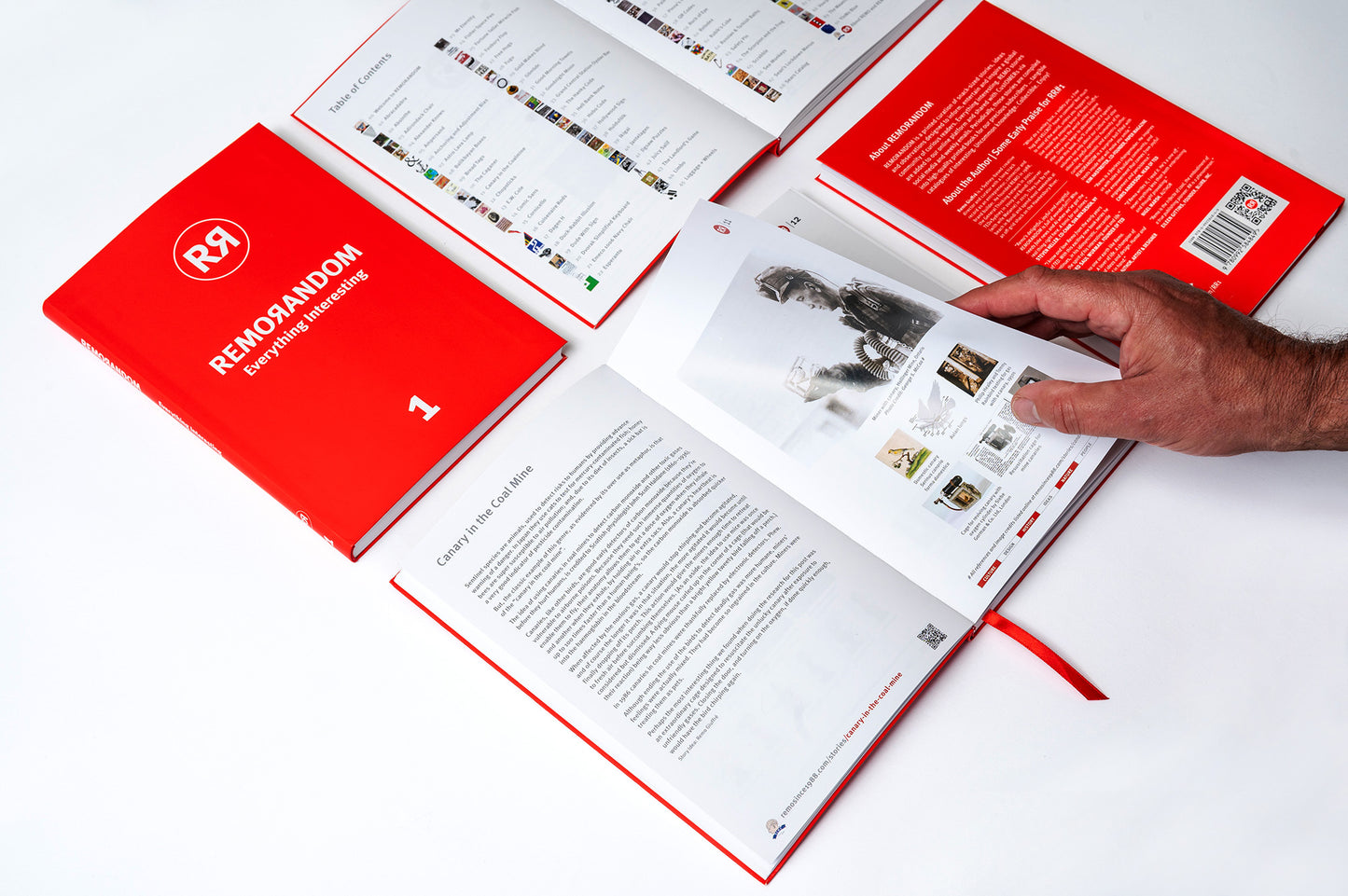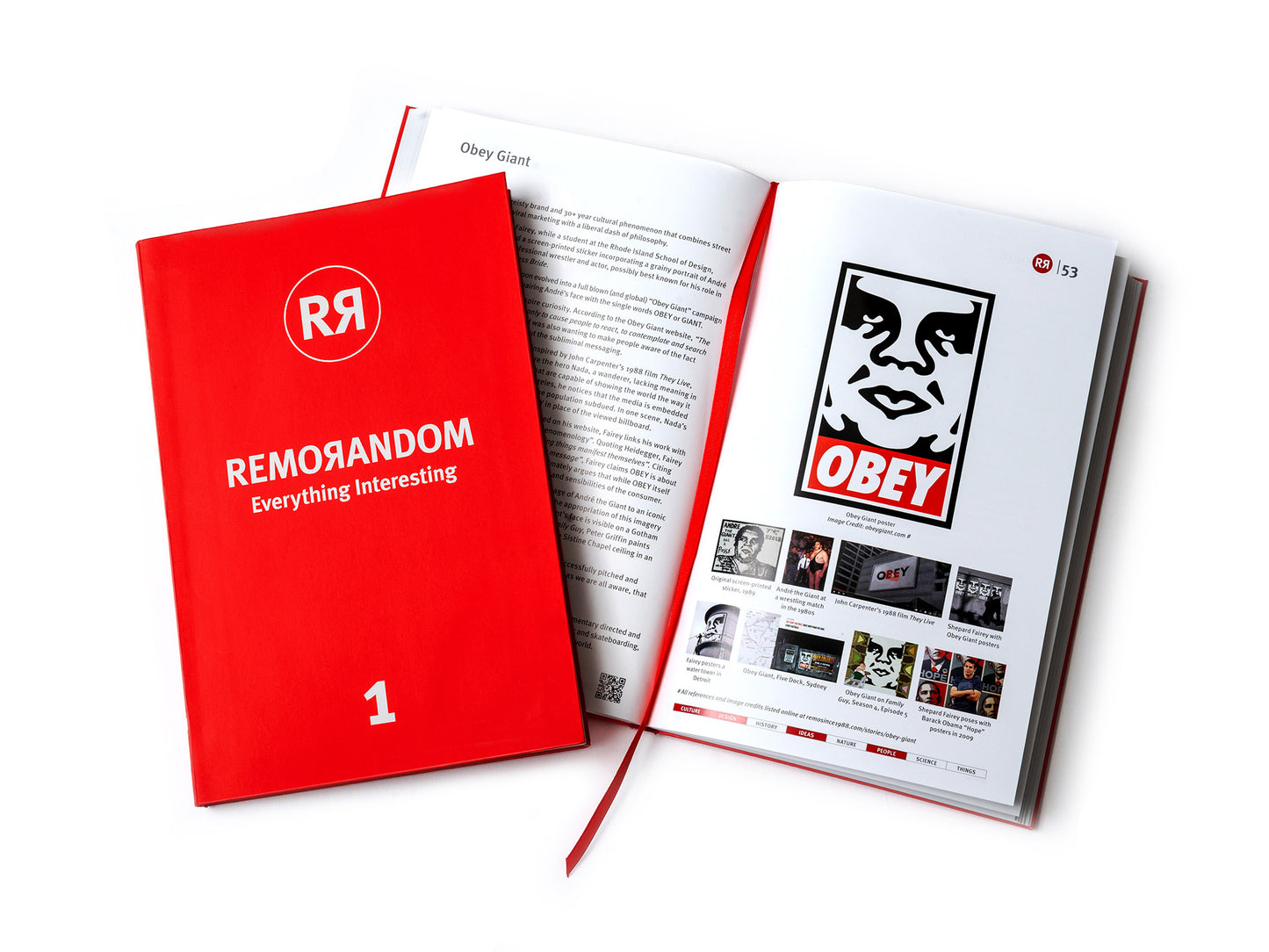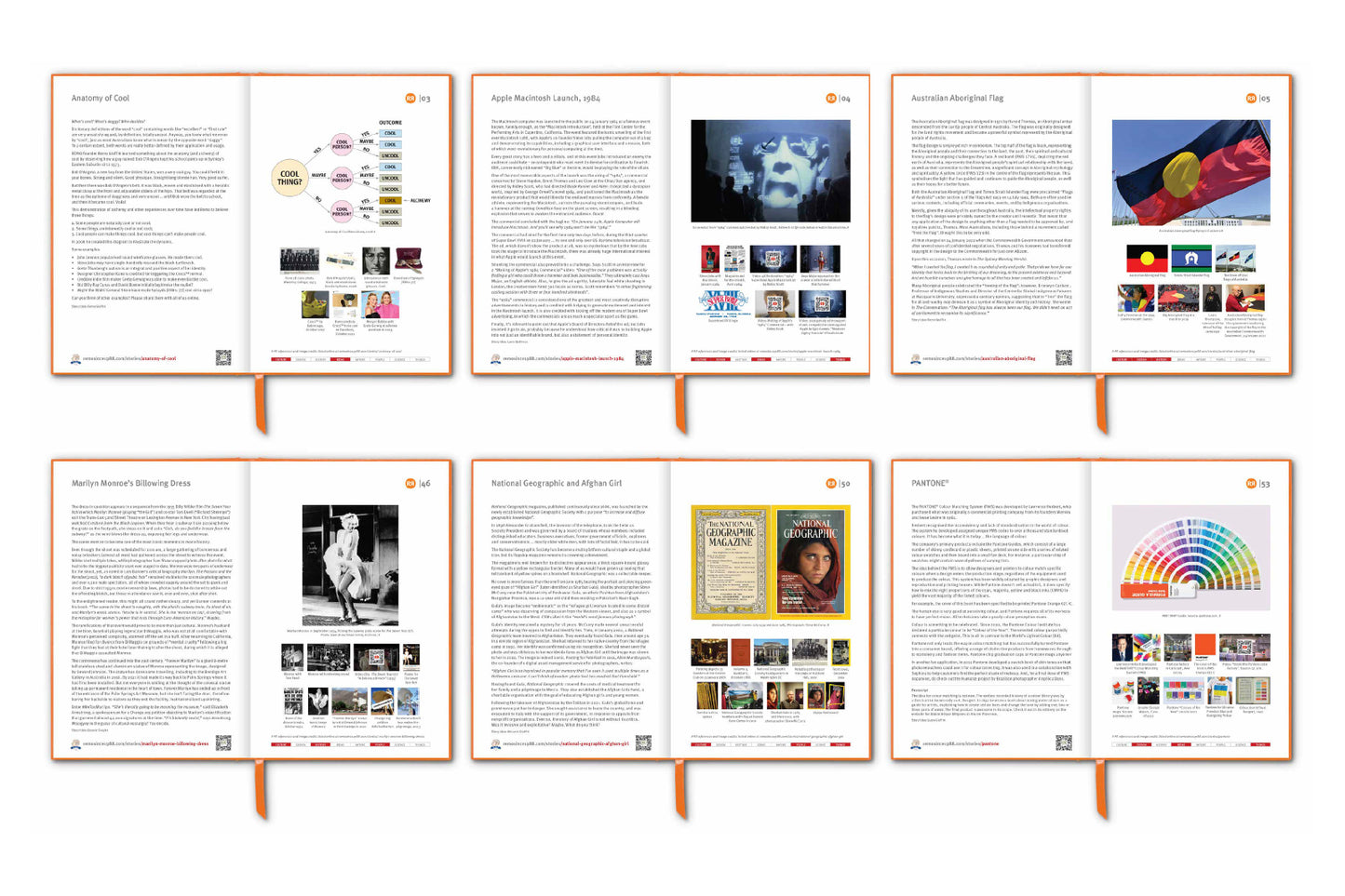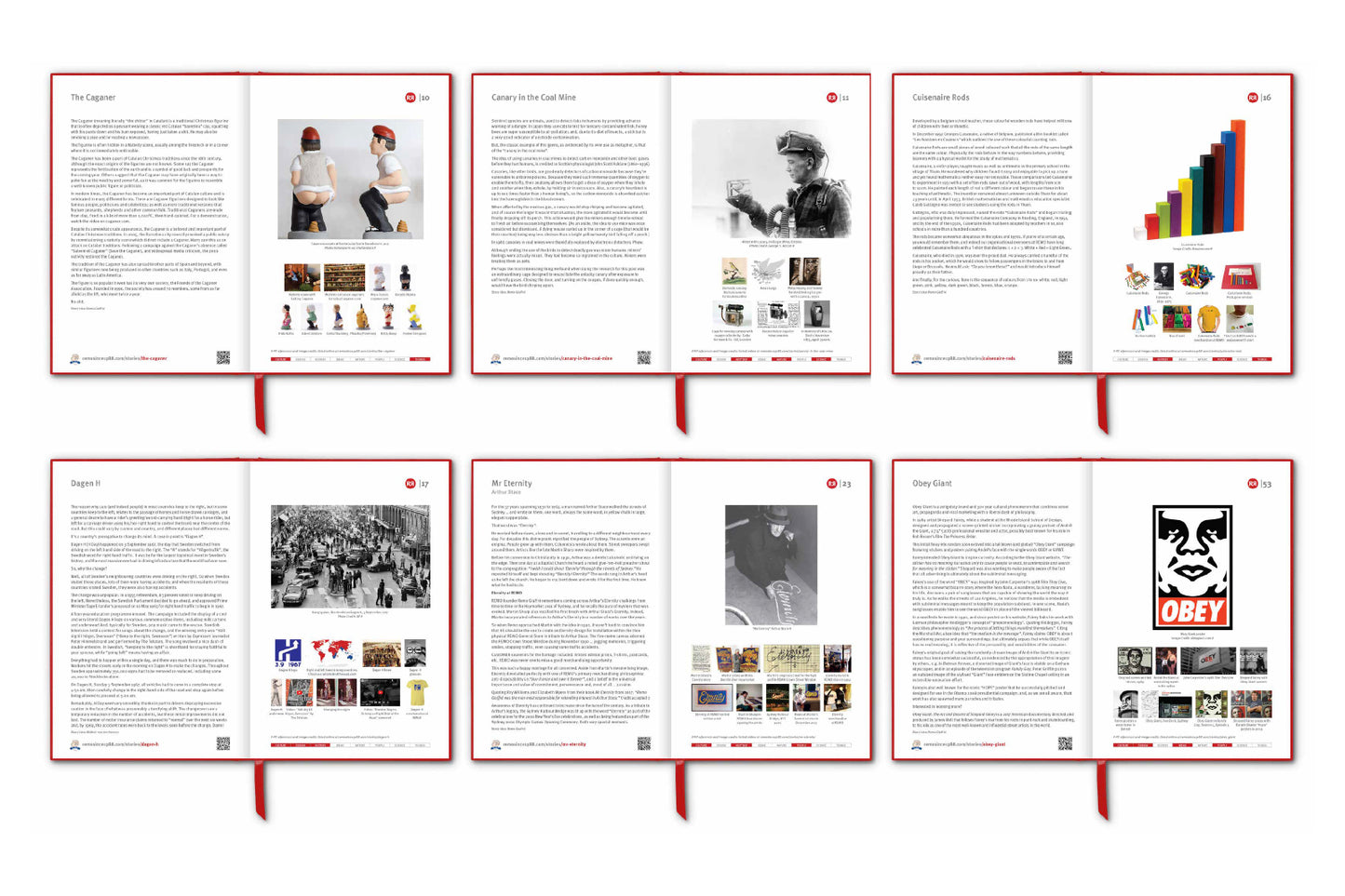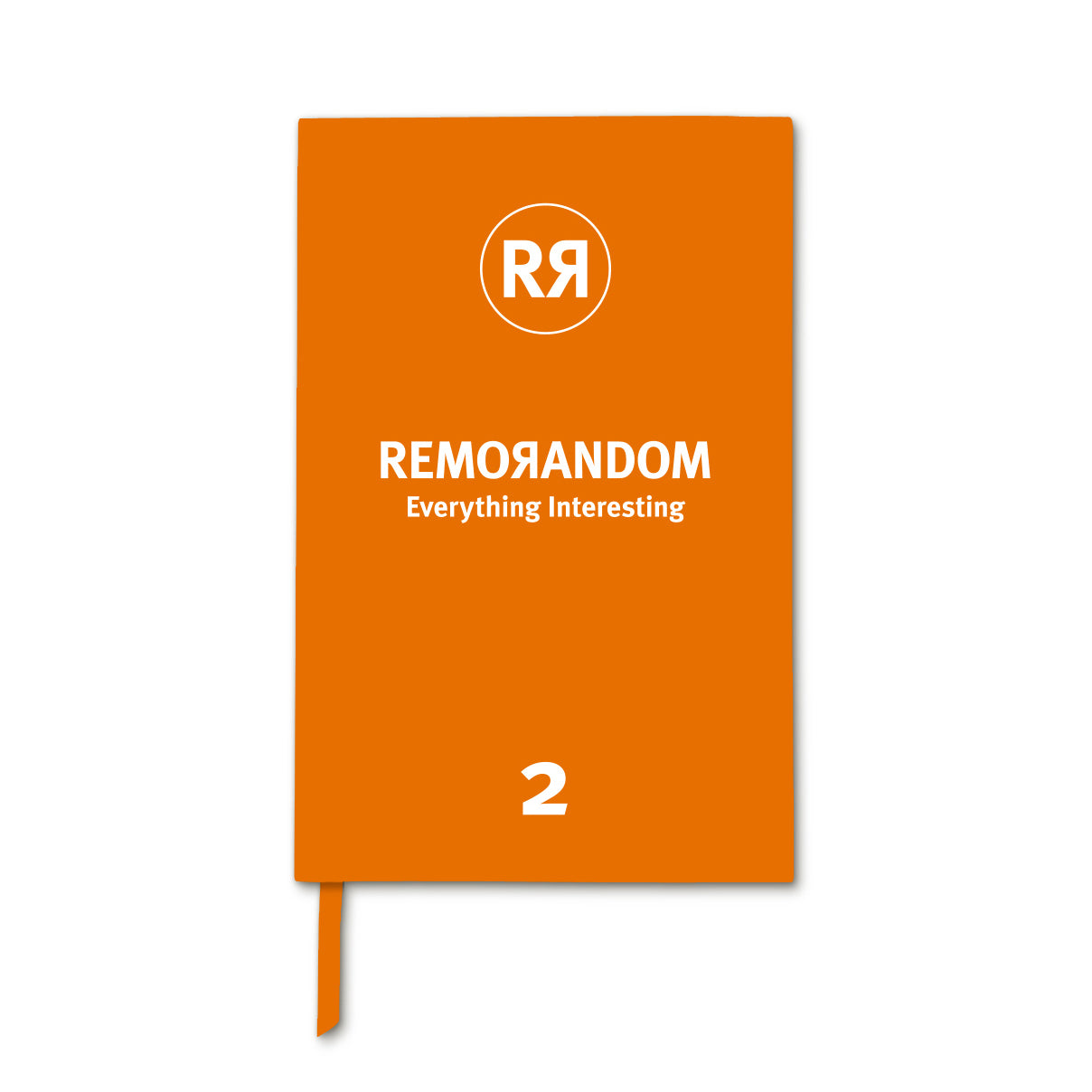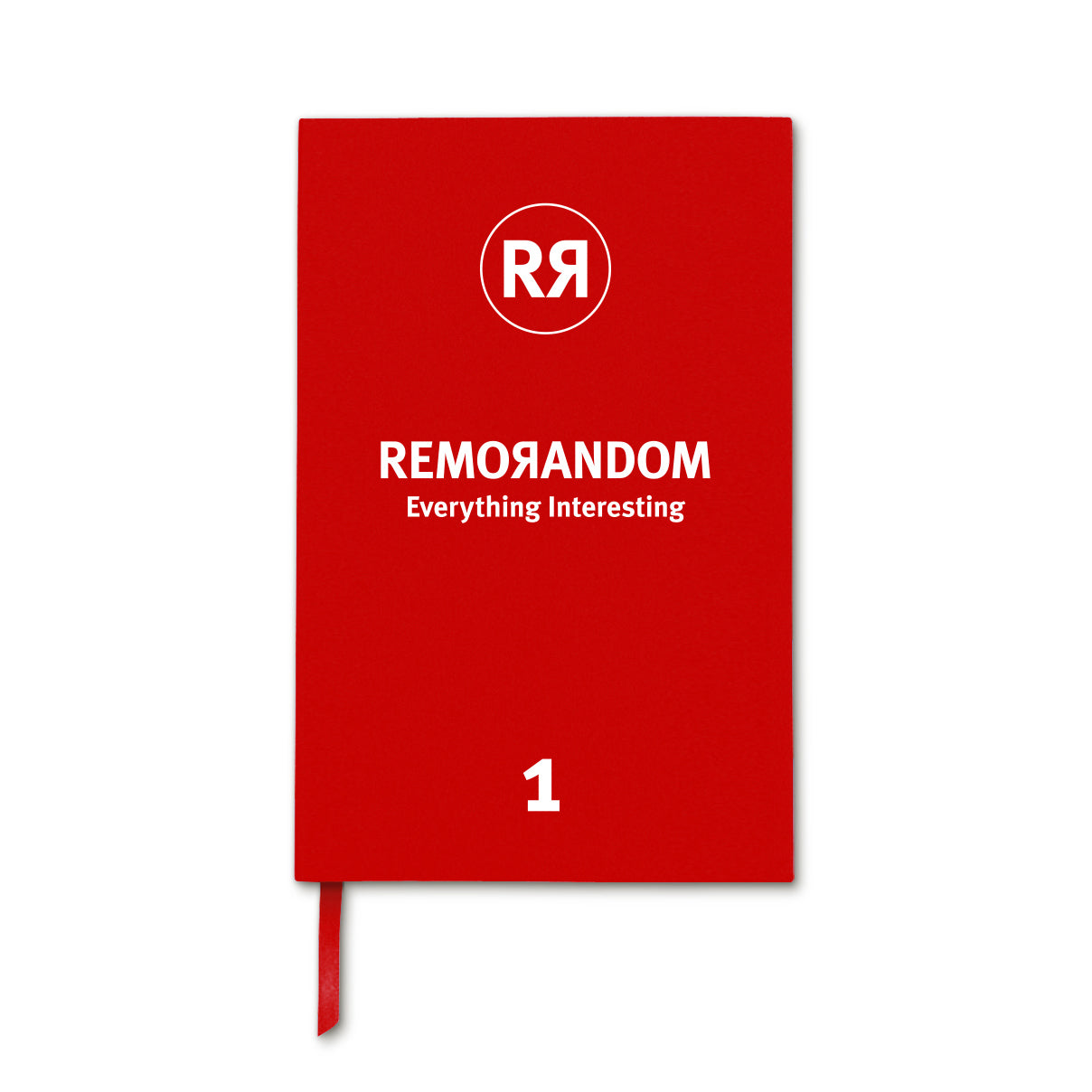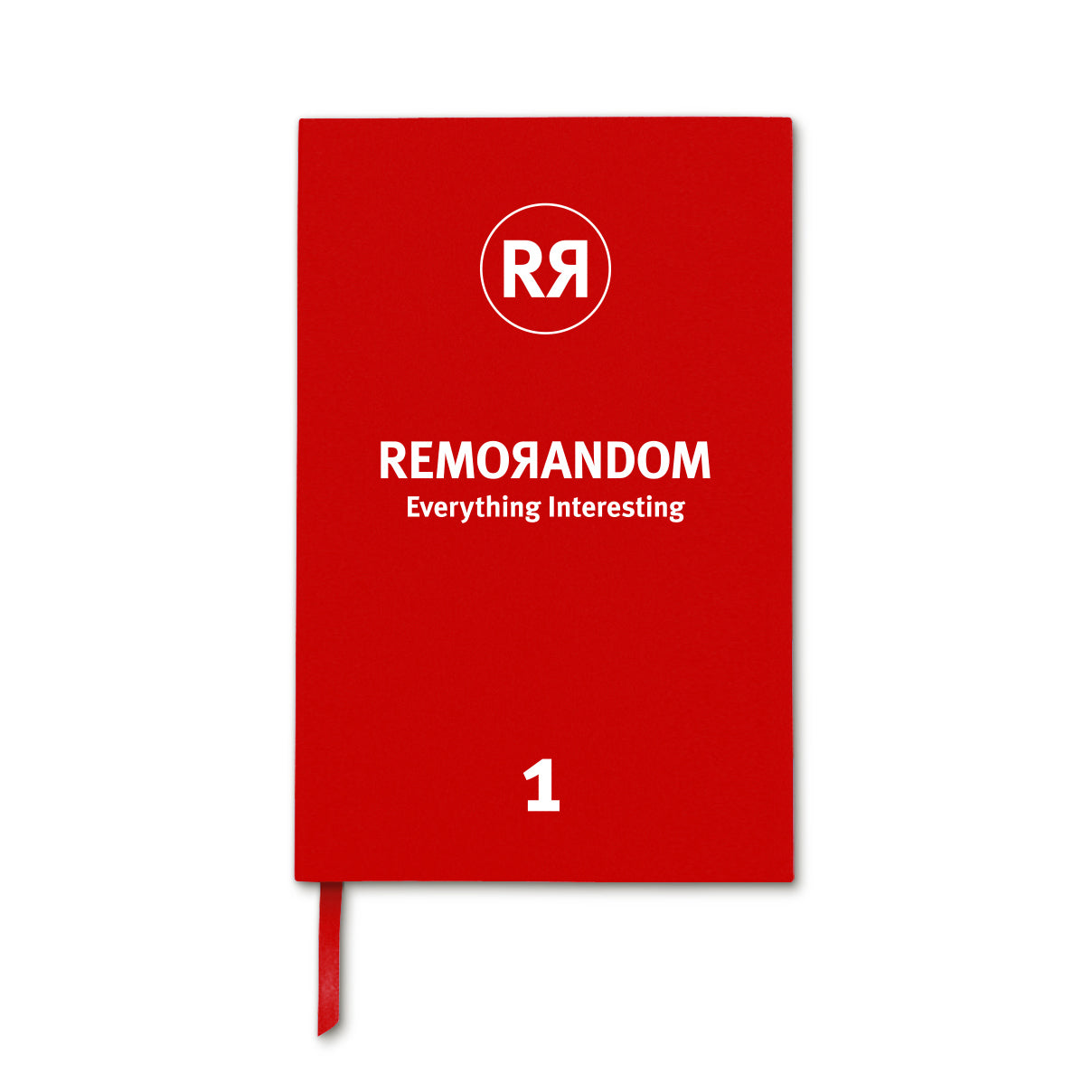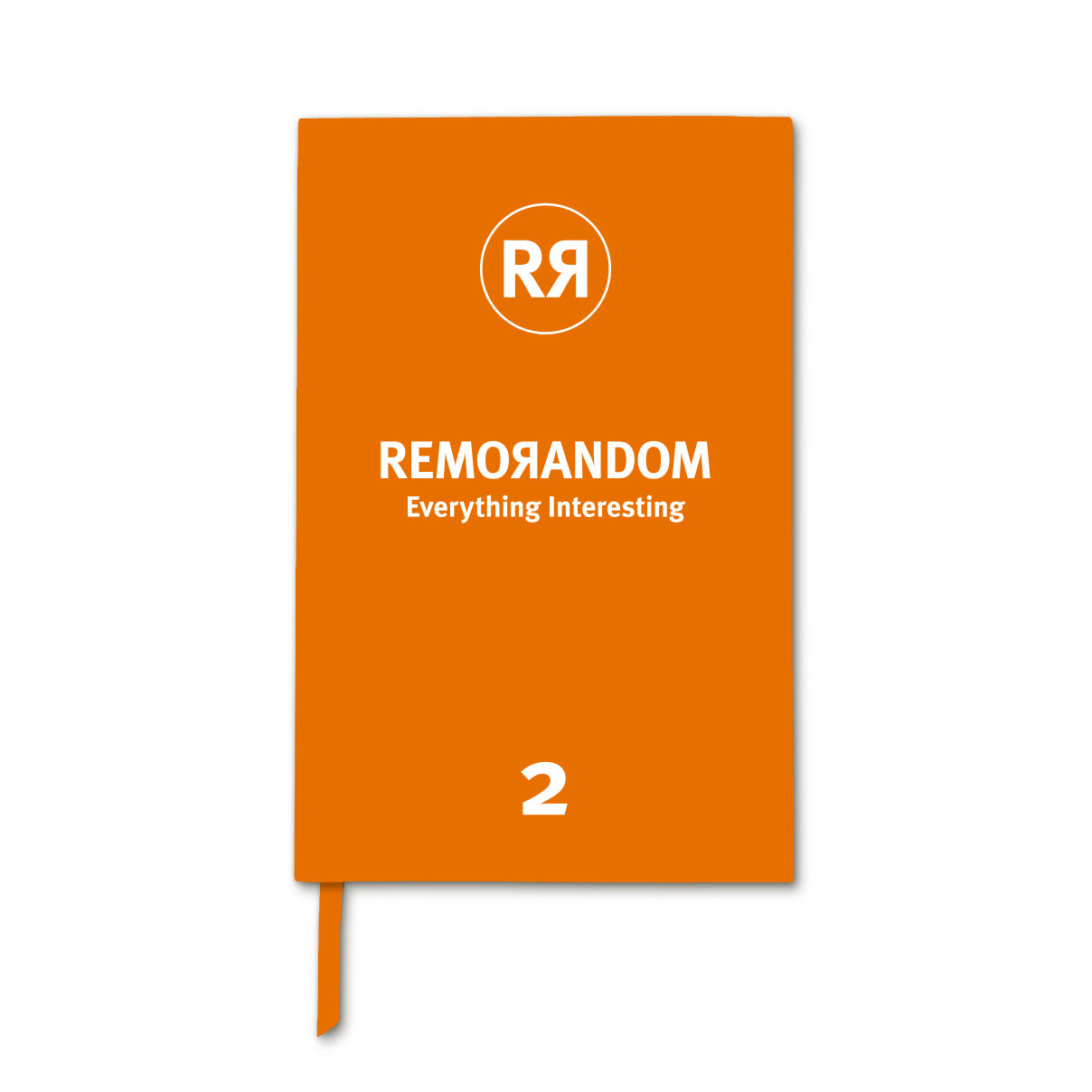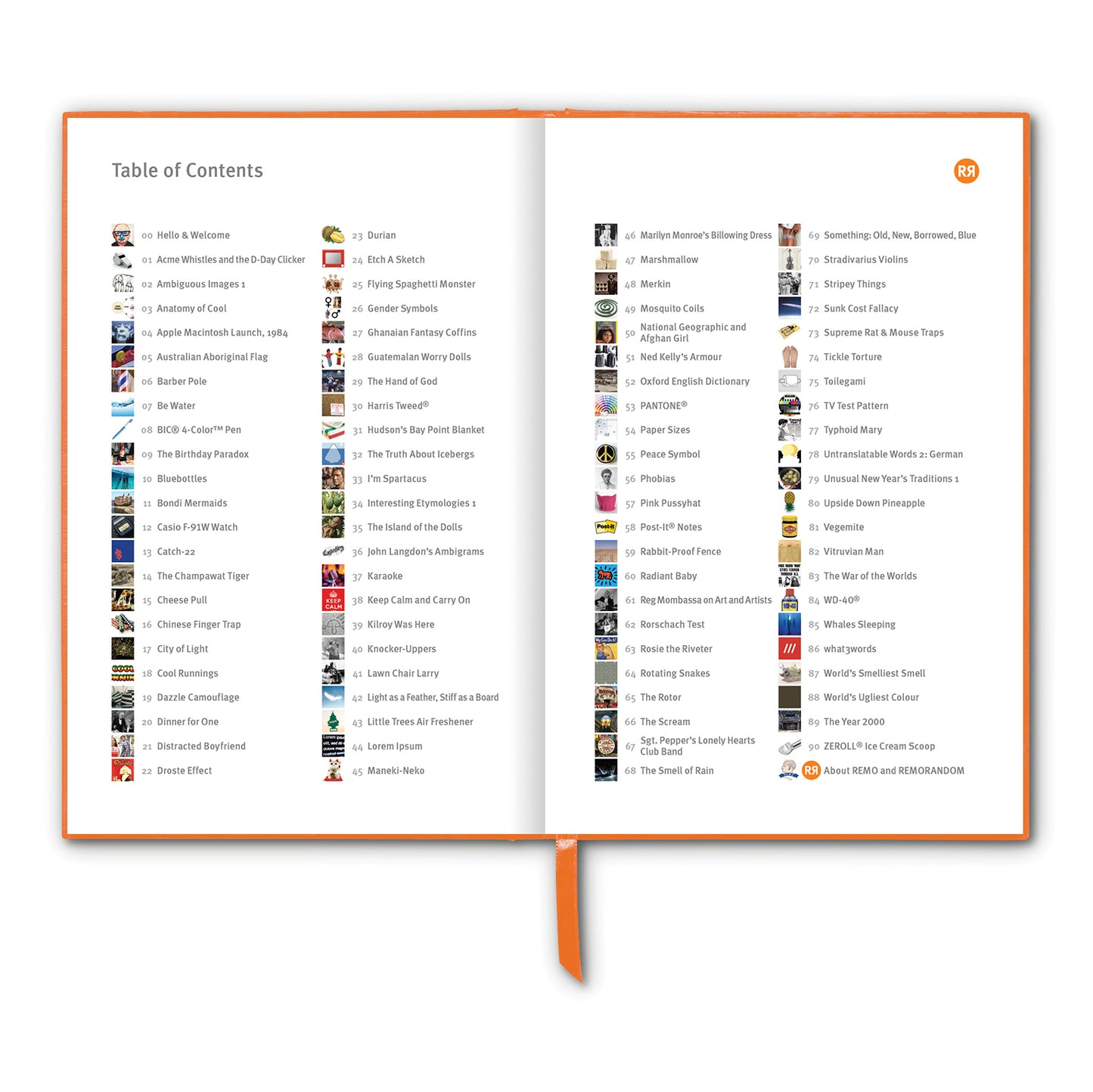Ambigrams are a form of typographical art that, by virtue of specially designed letterforms, can be read from multiple perspectives, orientations or directions.
They are exercises in graphic design that play with optical illusions, symmetry and visual perception. There are several categories of ambigram, the best known of which are 180° rotational ambigrams, where the word(s) are identical when viewed either right-side up or upside down. Other categories include: mirror-image ambigrams; figure-ground ambigrams (letters fitting together, so that the negative space around and between the letters of one word spells another word); chain ambigrams and totem ambigrams.
Although "graphic palindromes" in one form or another have existed in the fields of art, literature and mathematics for several centuries; the term "ambigram" itself is a much more recent descriptor … attributed to Douglas R. Hofstadter, an American cognitive scientist, who introduced it in his book "Gödel, Escher, Bach: An Eternal Golden Braid”, published in 1979. The word is a new one composed of the Latin prefix ambi- ("both") and the Greek suffix -gram ("drawing or writing").
John Langdon is a self-taught artist, graphic designer and painter, who began developing what would become ambigrams in the late 1960s and early 1970s. His ambigrams often involve symmetry, rotation, and clever arrangements of letters. He is indeed a master of his craft.
John is credited with popularising the ambigram genre and further developing the art form. He became known for his ambigram designs, especially after working with Dan Brown on his novel "Angels & Demons”. Indeed, Brown used the name Robert Langdon for the hero (played in the film adaptations by actor Tom Hanks) in his bestselling novels, including The Da Vinci Code and Angels & Demon as an homage to John Langdon. Short video featuring John HERE.
In a 2016 interview with Brooklyn-based visual artist and designer Eric Friedensohn (aka Efdot) John says:
“The driving force behind my work is the yin/yang symbol. I have come to see that everything in the universe exists in a state of elegant balance of complementary opposing forces. The obvious oppositeness of yin and yang play out in design to create harmony, beauty and, judiciously applied, can yield efficient and effective communication. My most significant art influences were Dali and Escher. My first job was in the photo-lettering department of a type shop. Eventually, I was trying to do things with words that Escher had done with birds and fish and buildings. And yet, my first ambigrams appeared in my sketchbook almost by surprise.”
In collaboration with John we have curated a selection of his ambigrams for your viewing pleasure, a number of which are available on merchandise online at REMO.
Story Idea: Greg Ross, Futility Closet
_____________________
References
wikipedia.org/wiki/Ambigram
johnlangdon.net
efdotstudio.com/blog/interview-john-langdon-ambigram
Images
- Ambigrams commissioned for Dan Brown’s #1 New York Times bestseller Angels & Demons used in the book and feature film.
- Video: "This is an Ambigram" Excerpts
- Carpe Diem ambigram for Arash Nikkar, 2005
- Book: Langdon's ambigram book Wordplay was published in 1992. An updated second edition was published in 2005.
